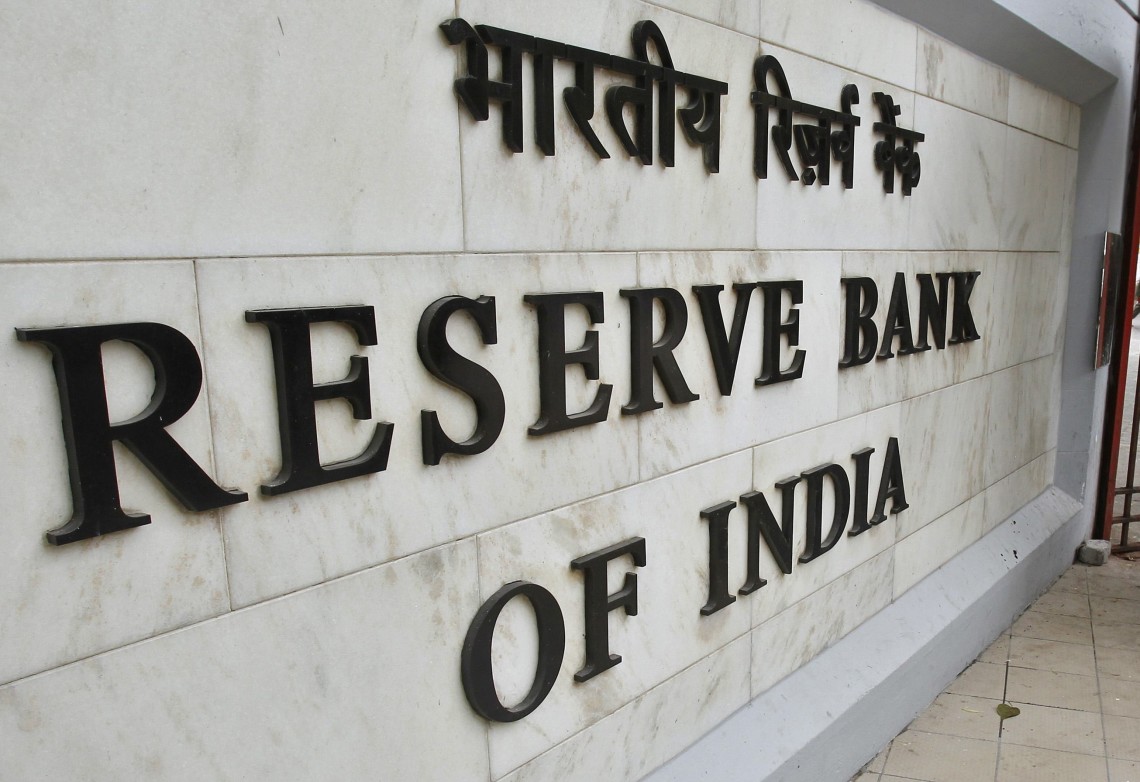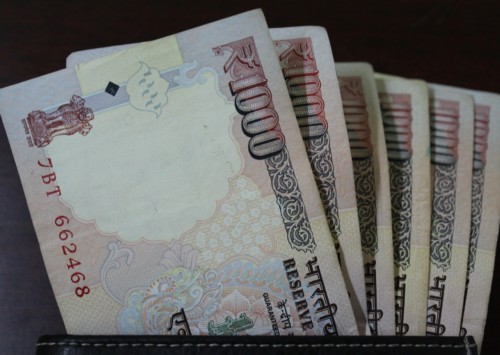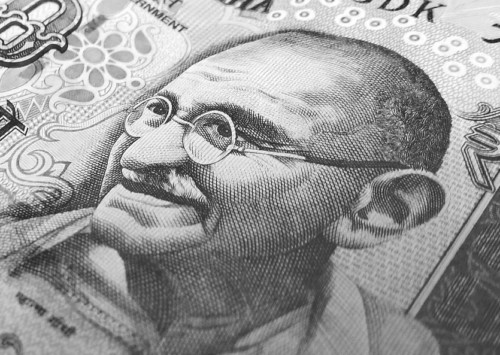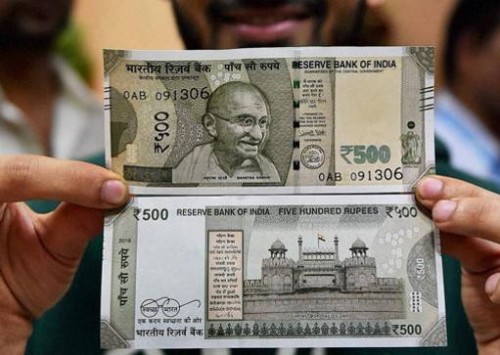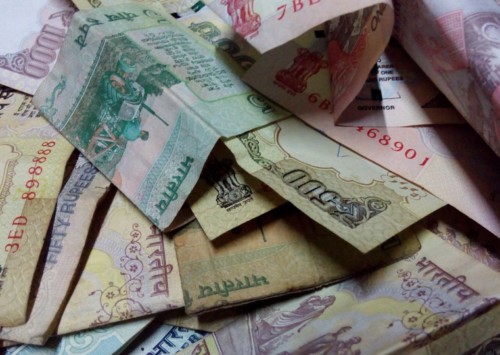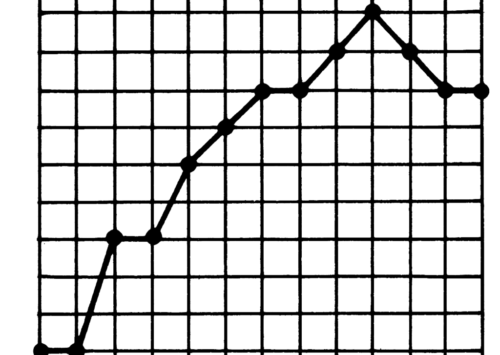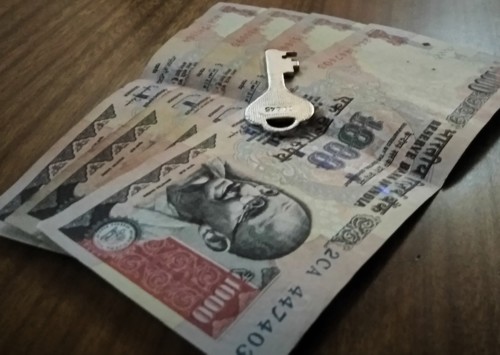Reserve Bank of India leaves repo rate untouched
Much against the popular expectation, the Reserve Bank of India on Wednesday chose not cut the repo rate. It was left untouched at 6.25 pc.
Close on the heels of the demonetisation decision of high-value currency notes of INR 500 and INR 1,000 by the Indian Prime Minister, Narendra Modi on November 8, there was consensus among experts who forecast that there would be a 25 basis point cut in repo rate in the industry and the market.
India Inc expressed thorough disappointment with the Reserve Bank of India.
“RBI’s stance in the monetary policy announced belied the wide expectation of a rate cut. At this juncture, a 50 bps point cut in the repo rate would have provided the needed boost to the flagging industrial economy. The consumption demand has been impacted post demonetisation and a rate cut would have given a strong signal to the consumers and to the industry as well,” said Harshavardhan Neotia, President, FICCI, a leading industry chamber.
Neotia further argued that amidst a highly uncertain global environment, the impetus for growth will have to come from the domestic economy.
Hit by demonetisation as much as other sectors, exporters were hoping for some relief.
Engineering Export Promotion Council (EEPC) Chairman, TS Bhasin, warned that India needs to be extra careful with regard to exports to build on the positive momentum rather than lose out on it.
But, all the six members of the Monetary Policy Committee voted in favour of not to cutting the rates. These included the RBI governor, Urjit Patel, deputy governor R Gandhi, executive director Michael Patra, Prof Chetan Ghate of the Indian Statistical Institute, Prof Ravindra Dholakia of the Indian Institute of Management, Ahmedabad and the sole woman member, Pami Dua, Director, Delhi School of Economics (DSE).
Why the reluctance?
Let us first understand what repo rate is. It is the rate at which the central bank of a country (in this case, the RBI) lends money to commercial banks in the event of any shortfall of funds. The repo rate is used by monetary authorities to control inflation.
The role of any central bank is to contain inflation, and that is precisely what the Monetary Policy Committee (MPC) did.
The MPC has kept a target for the headline inflation at five pc by the fourth quarter of 2016. However, it is expected to tilt to the higher side on account of several factors including hike in global crude prices.
“With the Petroleum Exporting Countries’ agreement to cut production, crude prices may firm up in the coming months. Global developments, especially as financial markets factor in the future stance of US monetary and fiscal policy, could impart volatility to the exchange rate, thereby feeding into inflation,” it further warned.
Remember, India has adopted an inflation target of four pc for five years, beginning August 2016 till March 31, 2017 under the monetary policy framework that was finalised a month before the previous RBI Governor Raghuram Rajan exited the central bank.
“The inflation outcome in September and October vindicates (our) current stance,” said RBI Governor, Urjit Patel.
What if there was a cut in policy rate?
A cut in the repo rate would have brought down banks’ borrowing costs. This, in turn, would have lowered the cost of loans for individuals and businesses.
Of course, the question is, will a cut in policy rate by 25 basis points make any difference in view of the demonetisation?
Not really, feels ASSOCHAM President, Sunil Kanoria. “In any case, a cut in interest rate would not have made much of a difference to the credit off-take in the midst of the industry being overleveraged, and the consumer demand remaining tepid due to the scrapping of high-value currency notes,” Kanoria remarked.
The RBI points out, that it expects short-run disruptions in economic activity in cash-intensive sectors, such as retail trade, hotels & restaurants and transportation.
Even as it waits and watches the demonetisation drive, it hopes that the use of cashless instruments of payment will surge.
“It is appropriate to look through the transitory but unclear effects of the withdrawal of Special Bank Notes, while setting the monetary policy stance. On balance, therefore, it is prudent to wait and watch how these factors play out and impinge upon the outlook. Accordingly, the policy repo rate has been kept on hold in this review, while retaining an accommodative policy stance,” the MPC asserted in its conclusion.
The next meeting of the MPC is scheduled on February 7-8, 2017. Interestingly, by this time, cash ban would have played its effect fully for worse or better and inflation would have haunted the economy.
But, the next MPC will come after the Union Budget is presented by the Union Finance Minister Arun Jaitley on February 1. Let us wait and see how Jaitley, Patel and their teams bring the much-needed initiatives to perk up the Indian economy.

